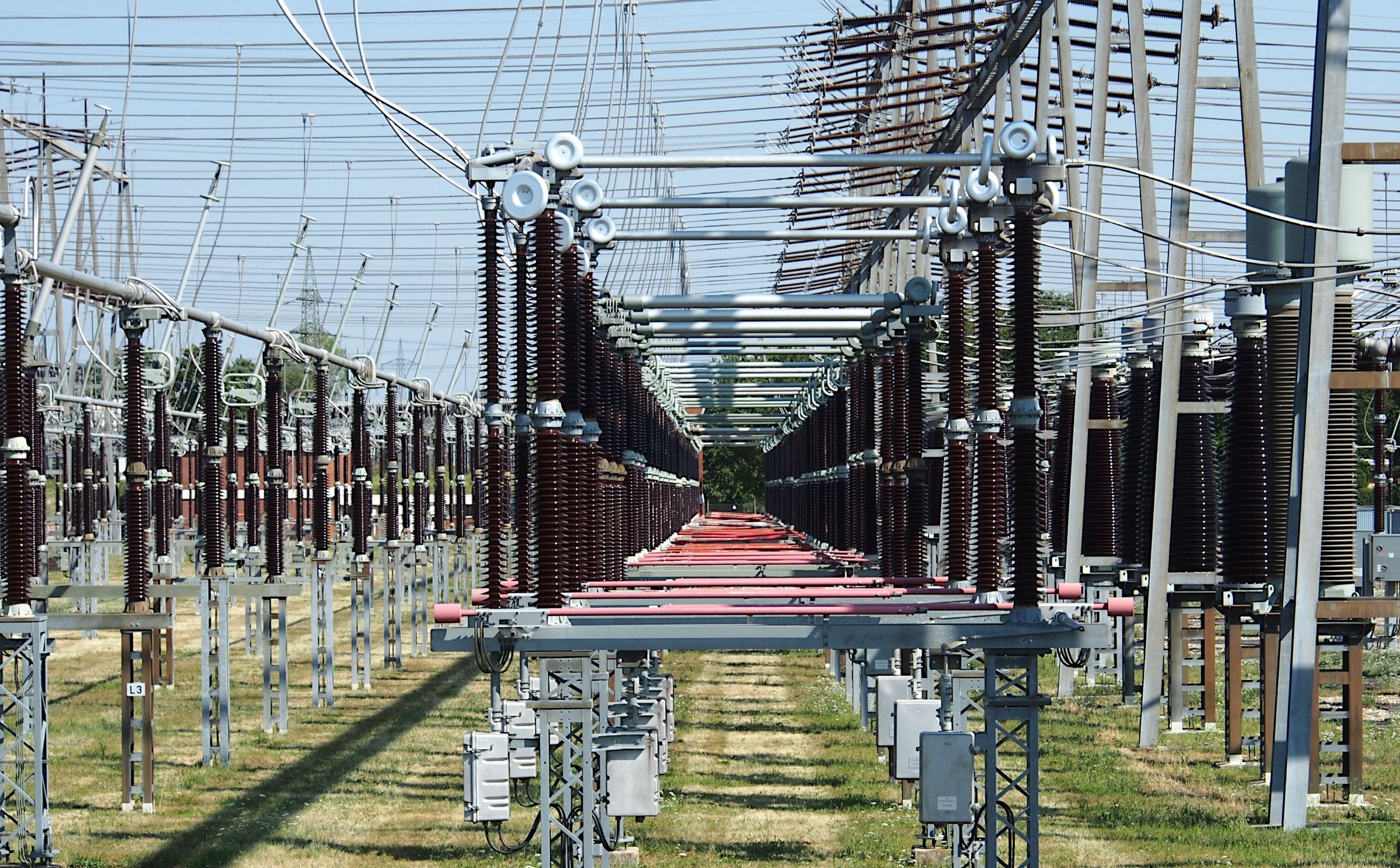PATHWAYS FOR PAKISTAN’S LOW-CARBON TRANSITION: POLICY, COSTS, AND HYDROGEN INTEGRATION
Abstract
Pakistan faces rising energy demand, increasing reliance on imported fuels, and growing climate vulnerability. Meeting its Nationally Determined Contribution (NDC) under the Paris Agreement requires a systemic shift toward low-carbon energy while ensuring affordability and energy security.This study employs a scenario-based optimization and dispatch model with hourly resolution (8,760 hours/year) to evaluate three decarbonization pathways, Business-as-Usual (BAU), NDC-aligned, and Accelerated Decarbonization, through 2050. The model minimizes total discounted system cost (TDSC) while enforcing energy balance, capacity evolution, emissions caps, and reliability constraints. It integrates power generation, hydrogen production via electrolysis, and transport demand.The NDC-aligned pathway reduces emissions by ~20% by 2030 and 45–50% by 2050 compared to BAU. The Accelerated pathway achieves 65–70% reductions by 2050 but increases average system costs by Rs 2–4/kWh. Hydrogen demand in transport reaches ~175,000 kg/year by 2050. Sensitivity analysis shows that a ±3–5 percentage point change in WACC alters hydrogen costs by up to 26%, while ±25% fuel price swings affect system affordability by 15–20%.Key levers include concessional finance, renewable tenders with storage, energy efficiency standards, and staged hydrogen deployment. A 2025–2050 roadmap prioritizes near-term investments in renewables and efficiency, followed by electrification and green hydrogen scale-up.
-(Decarbonization, hydrogen integration, policy analysis, Pakistan energy transition, energy system modelling.)
















